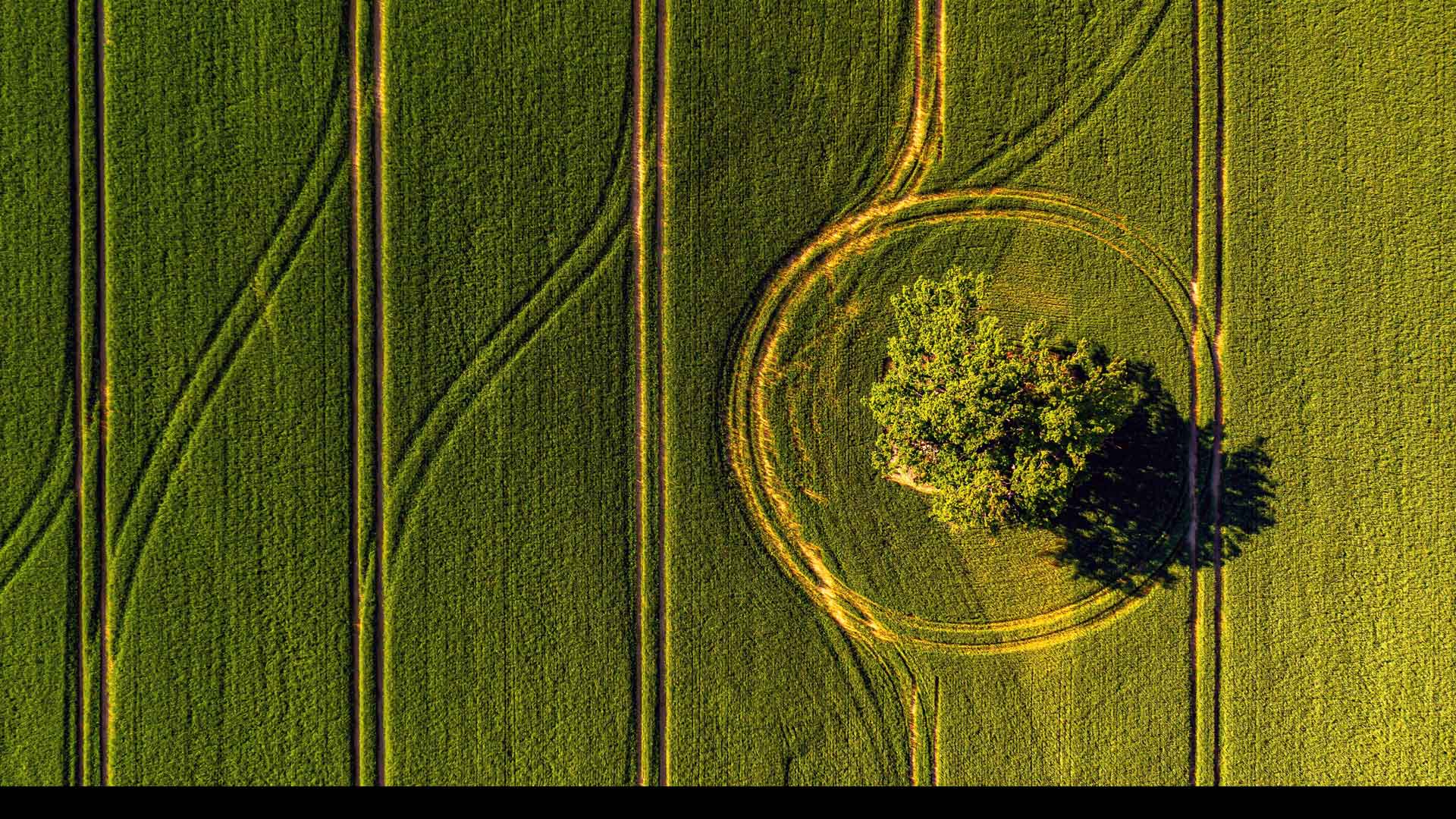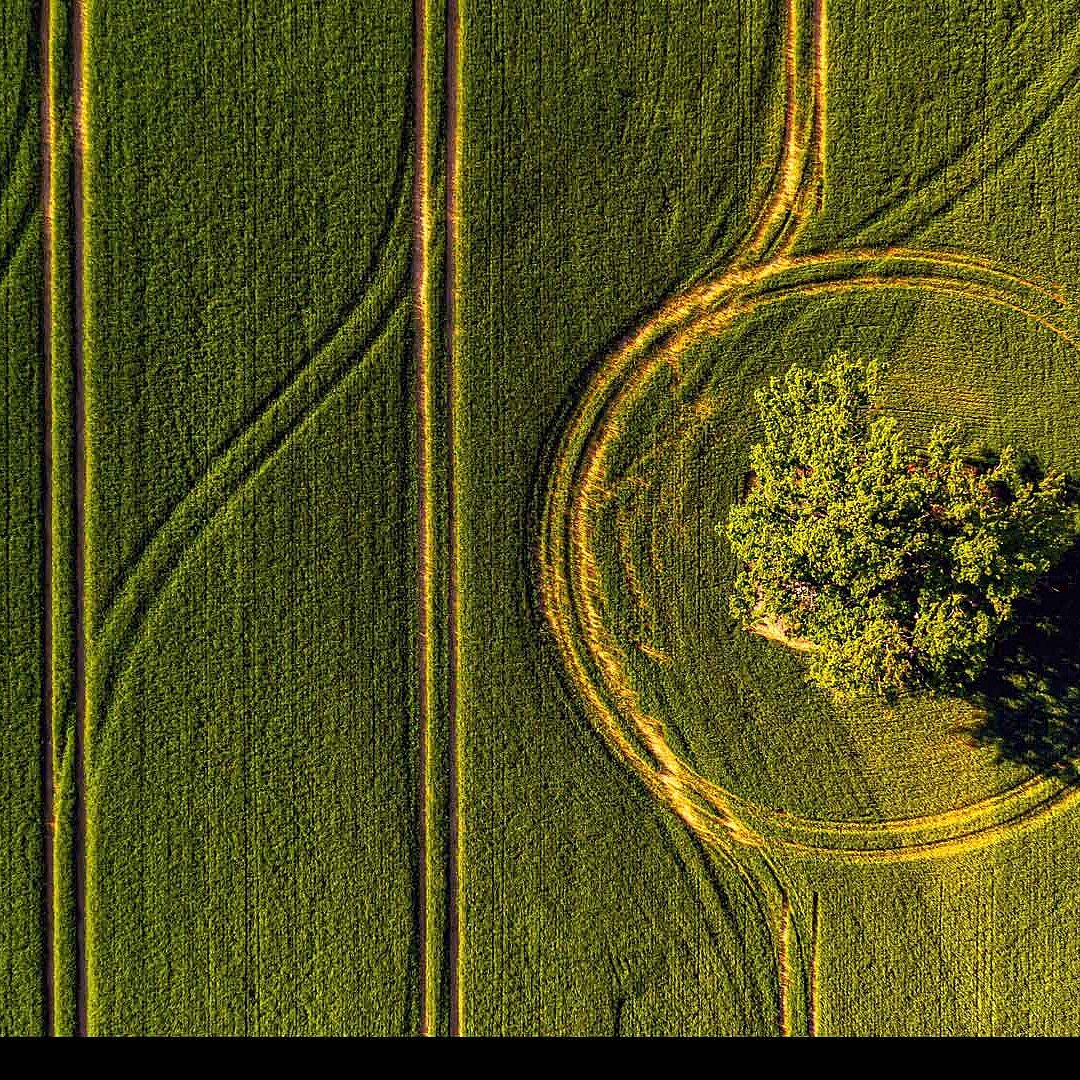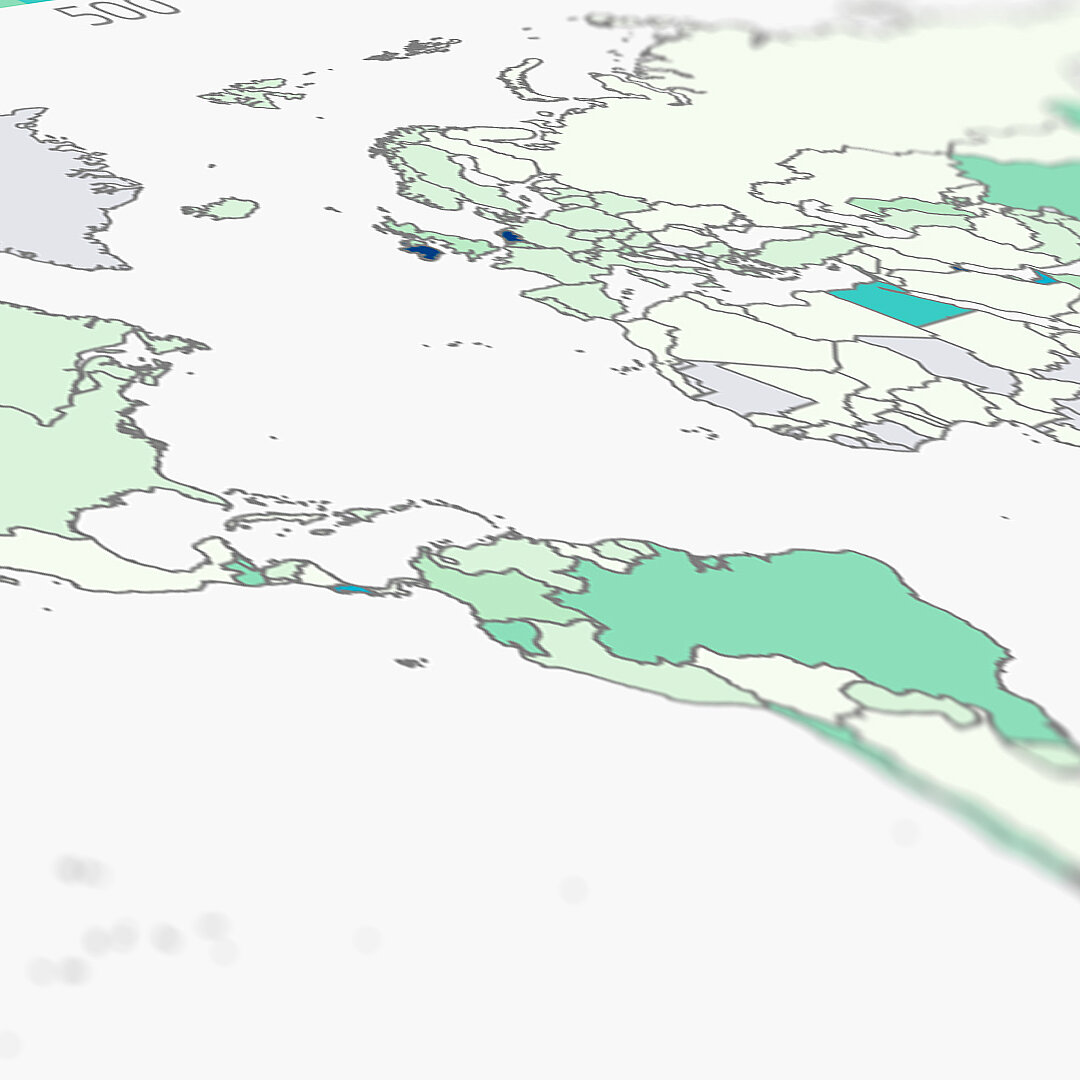Renewable nitrogen and ammonia: a new frontier for decentralised fertiliser production
Decentralised renewables-based fertiliser systems could cut production-related emissions – currently around one third of the sector’s total – and strengthen supply chains in import-dependent regions. A new Agora Industry report examines how this model can enhance resilience as well as conditions for achieving cost parity by 2035 and ensuring safe deployment.

Securing reliable fertiliser supply chains is increasingly a key priority for many countries, especially as food production depends heavily on stable access to these critical inputs. Today, global fertiliser production remains unevenly distributed and reliant on fossil fuels, leaving many Global South countries vulnerable to import disruptions and volatile market prices driven by geopolitical dynamics.
In response, a new approach is gaining traction: decentralised fertiliser production powered by renewable energy-based technologies. Replacing fossil-based ammonia and nitrogen fertiliser with production powered by renewables would eliminate the sector’s production-related emissions, which currently account for 30 to 40 percent of total fertiliser emissions. This shift would also boost global supply chain resilience and price stability, as fossil gas currently accounts for up to 90 percent of ammonia production costs.
A new report by Agora Industry examines how this emerging model can help address challenges faced by regions heavily reliant on fertiliser imports, with case studies from Brazil, Kenya, Thailand and the United States. The report provides an overview of ongoing developments and the key challenges that need to be overcome. It scopes technology innovation, competitiveness, and environmental and social implications, outlining practical considerations for safe and effective deployment. By producing fertiliser closer to end users, especially in areas with limited infrastructure or access to ports, decentralised systems can complement existing supply chains, thus also reducing transport and distribution barriers.
Opportunities and conditions for deployment
Good conditions for decentralised production exist in regions with cheap renewable energy resources and large-scale agriculture. Early pilot projects from North America to East Africa are already demonstrating the practical potential of producing renewable ammonia locally. Although current costs for decentralised production are still twice as much as centralised renewable options, projections indicate that cost parity with retail prices for fossil fertiliser could be reached by 2035 in select locations. Achieving this earlier will require supportive policies that accelerate renewable energy deployment, reduce investment risks and provide financial incentives throughout the supply chain.
Although conventional synthetic nitrogen fertiliser makes an important contribution to increasing agricultural yields, its use often leads to nitrogen losses that harm ecosystems and contribute to greenhouse gas emissions. Improving nitrogen use efficiency is therefore essential to aligning fertiliser practices with climate objectives. Decentralised renewable-based production can complement these efficiency gains by cutting upstream and transport emissions and enabling more sustainable, locally resilient supply chains.
Ensuring safe and sustainable adoption
While decentralised renewable ammonia can contribute significantly to industrial decarbonisation and climate goals, its toxicity when used directly as fertiliser requires proactive and careful management. Clear regulations, safety standards and user training are essential to protect both the environment and agricultural workers. These are key prerequisites for the responsible integration of decentralised production technologies into fertiliser and agricultural development strategies.
As industries worldwide seek pathways to decarbonise, decentralised renewable ammonia and fertiliser production offer a compelling opportunity to cut emissions through more resilient, sustainable industrial value chains.
The full 48-page report “Breaking new ground: decentralised renewable nitrogen fertiliser – exploring opportunities and barriers” is available for download below.




